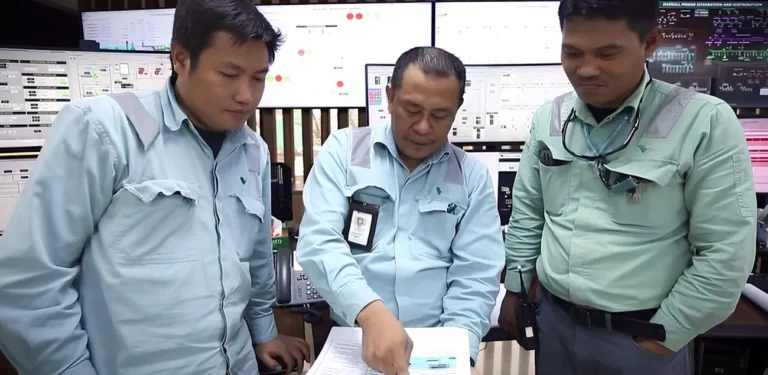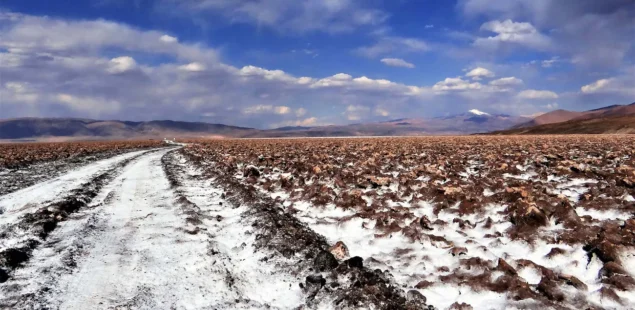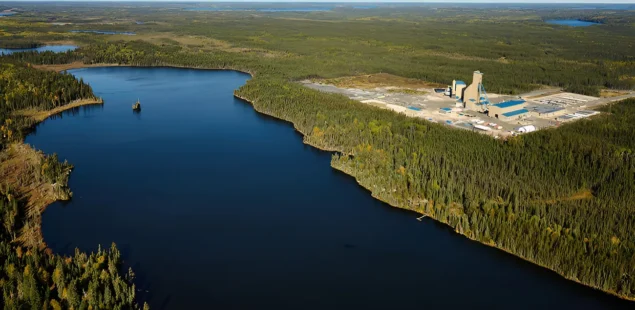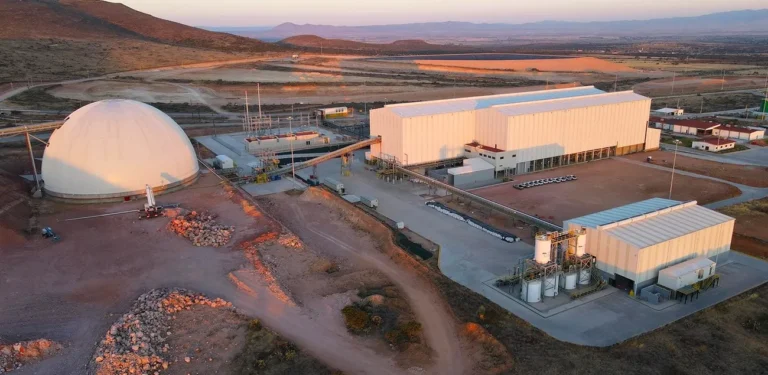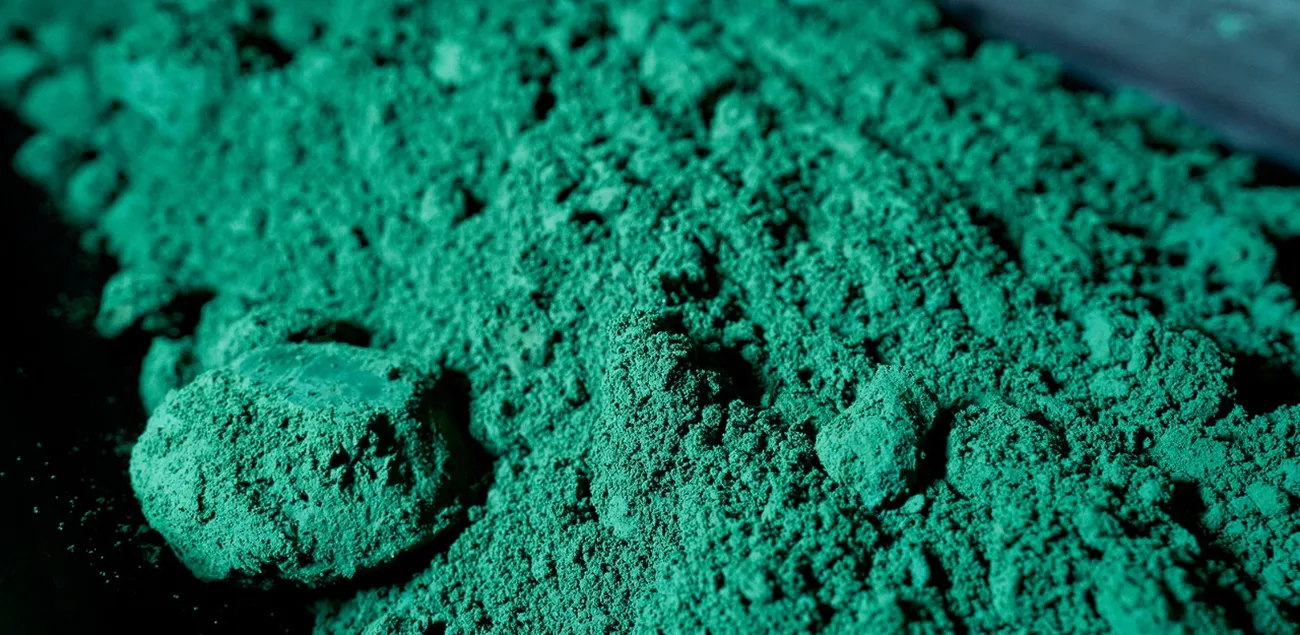
Glencore, diversified miner-trader, and the Democratic Republic of Congo, the world’s cobalt gatekeeper, have disclosed that much of the Swiss group’s cobalt output may sit unsold through next year after Kinshasa extended its export suspension. Glencore lifted first-half cobalt production 19% to 18,900 t and now guides 2025 output at 42,000–45,000 t, yet tightened rules mean every tonne from its Mutanda and Katanga complexes is being warehoused.
Export Ban Ties Up Inventory
Congo introduced a four-month moratorium in February, with a three-month extension in June, to curb oversupply and design a quota system. The hold-up has already removed roughly 51,000 t of mine supply from global trade. Glencore has declared force majeure on several contracts and is booking unsold metal on its balance sheet. Chief financial officer Steven Kalmin told analysts, “Even if we are unable to sell anything this year relative to numbers we’ve given, it wouldn’t be a material variance,” arguing the group’s trading book can absorb the delay.
Production Outlook and Pricing Dynamics
Despite the logjam, Glencore raised its full-year guidance, staking on higher grades at Mutanda and steady volumes at Katanga. With benchmark cobalt hovering near $33,300/t on the LME, prices are a quarter higher than January’s nine-year lows, helped by the export curb and gradual destocking among battery makers. Still, demand from electric-vehicle cathodes remains patchy as chemistries migrate toward lower-cobalt formulations.
Inventory Overhang Versus Market Balance
The forced build-up hands future price leverage to producers but squeezes working capital: every 10,000 t of cobalt sitting in warehouses ties up roughly $330 million at current prices. Glencore expects a “tightened availability” environment into early 2026 as stockpiles outside Congo draw down faster than new units can leave the country once quotas emerge. Analysts note that the ban has shifted spot-market power to Indonesian mixed-hydroxide producers, whose nickel-heavy feed competes in some battery blends.
Agribusiness Stake Under Review
Chief executive Gary Nagle signalled that Glencore’s 16.4% holding in newly merged Bunge Global is “probably not for Glencore in the long term.” The $34 billion combination of Viterra and Bunge created the world’s second-largest grain merchant, but it sits outside the miner’s metals-centric strategy. A sale, marked to market, would free cash for base-metals projects as the company digests likely cobalt inventory financing.
Company Background and Market Context
Glencore ranks second in global cobalt supply after China’s CMOC, with output anchored in the copper-cobalt belts of Lualaba and Haut-Katanga. The firm produced 35,100 t last year, and its trading division handles additional third-party material. Congo accounts for roughly 70% of global mined cobalt; the government has floated a quota auction that would prioritise value-adding domestic refiners. Any prolonged blockage risks diverting investment toward Indonesia and Australia, where laterite projects are ramping up.
Cobalt is indispensable to high-performance lithium-ion batteries, aerospace alloys and industrial catalysts. Prices recovered from January lows below $25,000/t as the Congolese ban throttled exports, yet they remain far beneath the 2022 peak above $80,000/t. Market balance now hinges on how quickly Kinshasa issues quotas and whether EV demand rebounds in China and Europe.
